Eight years have passed since Sony, after the success of its APS-C mirrorless cameras, decided to market cameras without a mirror but with a full-frame sensor. Thus the range was launched Sony Alpha 7 with the A7, the A7R and shortly after the A7S. Three models built on the same base but dedicated to different professionals. The A7 was the standard model featuring 24MP, the A7R raised the resolution (and also the price) to 36.4MP, while the A7S S stood for greater sensor sensitivity and was more suitable for videomakers.
It took time before these mirrorless cameras were considered professional cameras and not simply light cameras, the younger sisters of reflex cameras. But Sony has believed and pushed a lot over the years in this project, building a great reputation and leading more and more photographers to choose this type of system. Sony has thus led the market, offering high-end cameras for photographers and videomakers and a complete and quality range of optics. It practically forced the other manufacturers to follow it and chase it down this path, reaching today, after years of undisputed domination in this segment, with Canon, Nikon and everyone else challenging it.
Since the launch of the first A7 of water under the bridges, a lot has passed and today I am here to tell you about the latest one, a Sony A7 IV, the new generation of the model that has allowed Sony to achieve a status of excellence in the photographic world.
Sony A7 IV: anything but “basic” model
After the incredible success of the A7III, over 200,000 users in Europe, the Sony A7 IV arrives on the market but it will not replace the previous model but will support it. But what changes in detail? To begin with, it would be ungenerous to compare A7 III with A7 IV, because despite the fact that the range to which it belongs is the same, the new model moves the bar incredibly upwards. And towards the much more bodied A1 and A7S III. For this reason in the Sony list we will still find the younger sister.
I had already told you all the details in the first contact with the new Sony jewel dated 21 October, so I will be quick in listing the main news to focus more on the practice. The heart of Sony A7 IV is the new 33MP back-illuminated CMOS sensor, accompanied in operations by the most advanced processor of the house, the BIONZ XR. This combination made it possible to bring the continuous shooting capacity up to 10 frames per second, to offer a sensitivity that extends from 50 to 204,800 ISO and to be able to count on a 15+ stops dynamic range.
The AF system that we find on board the new full-frame mirrorless A7 IV is also derived from the flagship. We have a 759-point module, 94% sensor coverage and Real-Time Eye AF (on people, animals and birds). There is also Real-Time Tracking which increases the precision in the selection of faces in the scene.
From an ergonomic and design point of view, there are not many innovations, but they make the difference. In particular, the newly enlarged handle is really comfortable, like the selector for selecting photo / video / S & Q modes is very practical. The latter is actually a coaxial ring with the most common mode ring: very convenient for those who work especially in manual and jump frequently from static video footage to Slow & Quick. Also revisited the third ring on the upper profile, the one that in previous models only offered exposure compensation: today it can be customized in many different ways by the photographer.
The body is also slightly thicker than the A7 III due to a system of heat dissipation in graphite more effective than in the past and also in this case of derivation from the flagships. From a design and functionality point of view of the camera body, the new Sony A7 IV then offers a dual memory card slots. One compatible with the CFexpress type A format and the other that instead accepts the more traditional SDXC UHS-II.
Good, even if not at the top of the market, the resolution offered by the monitor adjustable on all axes. I’m talking about 1.03MP but can count on the comfortable “daylight” mode that was already seen on other Sony, for a good view in full sun. Excellent responsiveness of the touch panel, even in the management of the menu.
On the other hand, the electronic viewfinder has been greatly improved, passing from a resolution of 2.36 to 3.68 million points and which has a frame rate that reaches 120fps (on A7III it stopped at 60fps). A big leap forward compared to the A7 III, but at the same time away from the sights of the A1 and A7S III. It still offers a clear view of the scene that allows the photographer to better evaluate both focus and exposure.
Finally, let’s talk about connectivity. We finally find a door HDMI type A, the USB output remains type C but generation 3.2 from 10Gbps. Furthermore, with a suitable adapter it can be transformed into a gigabit Ethernet port. Of course, there is no shortage of Bluetooth and WiFi to share photos and videos with a device connected via a dedicated app.
Sony A7 IV: the practical test
Without too many words I tell you right away that the photo quality of Sony A7 IV is truly excellent. To get better you need to aim for cameras with double the resolution, which however may not have the same video potential as this mirrorless. And, therefore, once again faced with the usual question: what do I need?
The second aspect I want to focus on immediately is the quality of the JPEGs made directly in the room. The colors are very faithful and ready to use, thanks to a dedicated work that Sony has done over the years and which has certainly borne fruit. The 15 stops of dynamic range are there and feel. Indeed, they can be seen.
The noise control at high sensitivities is also very good. In the images below there is confirmation that up to ISO 3200 the files are extremely clean and sharp. The first traces of noise are noticed when we exceed this value, but we can still use, without fear, values up to ISO 6400.
Reference
In addition, you begin to see the first difficulties in reproducing the smallest details that begin to show small signs of degradation and the first obvious traces of noise appear. Nonetheless, up to ISO 12,800 there is room for the use of images, especially if it is not a scene full of details. The more we go up with the sensitivity value, the more obviously the Sony A7 IV starts to show some difficulties. From ISO 25,600 even the outlines of the elements in the scene are no longer so precise and even the color loses its brilliance going to deteriorate more and more reaching the maximum sensitivities.
In general, the results are very good considering the pixel density on the sensor. The yield is very good and allows us to work at high sensitivity with a lot of peace of mind. A decisive step forward compared to the A7 III despite a greater number of megapixels.
In use, I really appreciated the new autofocus module, but it is not surprising since the base is the same as Sony A1. The hybrid AF system is very fast and thanks to a dynamic learning system he understands our habits and helps us in the field. In addition, the system has been improved Real Tracking AF even more precise and that it will never lose the selected subject. Even when this leaves the scene as soon as the fire appears again it will immediately return to him.
Sony A7 IV – Photo 1
All the functions are available both in the photo and video field, where for example the Breathing Compensation modes are very useful, which makes the focus changes faster and more precise, and the AF Assist. The latter takes care of managing the changes of fire. Basically on the new Sony Alpha 7 IV full-frame mirrorless we find many functions borrowed from the higher models, taking this “basic” model to a really high level.
Sony A7 IV: conclusions
Overall, Sony A7 IV is a very performing camera, especially in the photographic field but it is no less in the video field, albeit with different limitations compared to the higher models. What continues to impress on Sony models is how far we’ve come in just 8 years, with models that were once considered basic but now represent the perfect blend of photographic and video performance.
For those who arrive at this full-frame mirrorless from another Sony model, it will not be a problem to settle in and immediately consider it as an extension of their arm. But as always, for those who are approaching Sony cameras for the first time, the approach is not so immediate. The menu, although it has been simplified in the latest models, continues to be quite complicated, but once you have taken the hand and created your own menu you will be able to fully enjoy the potential of the A7 IV which, in my view, are of the highest level exception made for the image stabilizer. On this point there is perhaps still something that can be done, some of the competition offers superior results. Keep in mind that if you are going to use the A7 IV for run-and-gun video I suggest you always have a gimbal with you.
Availability and price
Sony A7 IV has already been available on the market for a few days at a much higher price than Sony A7 III, but it has really been improved in every area and therefore an exit at the same price as its sister was not imaginable. This is one of the reasons why the A7 III will still remain on the list. Coming to the point, I’m talking about € 2800 for the body only, which becomes € 3000 if you also add the 28-70mm zoom lens, which alone is worth more than 500 euros.






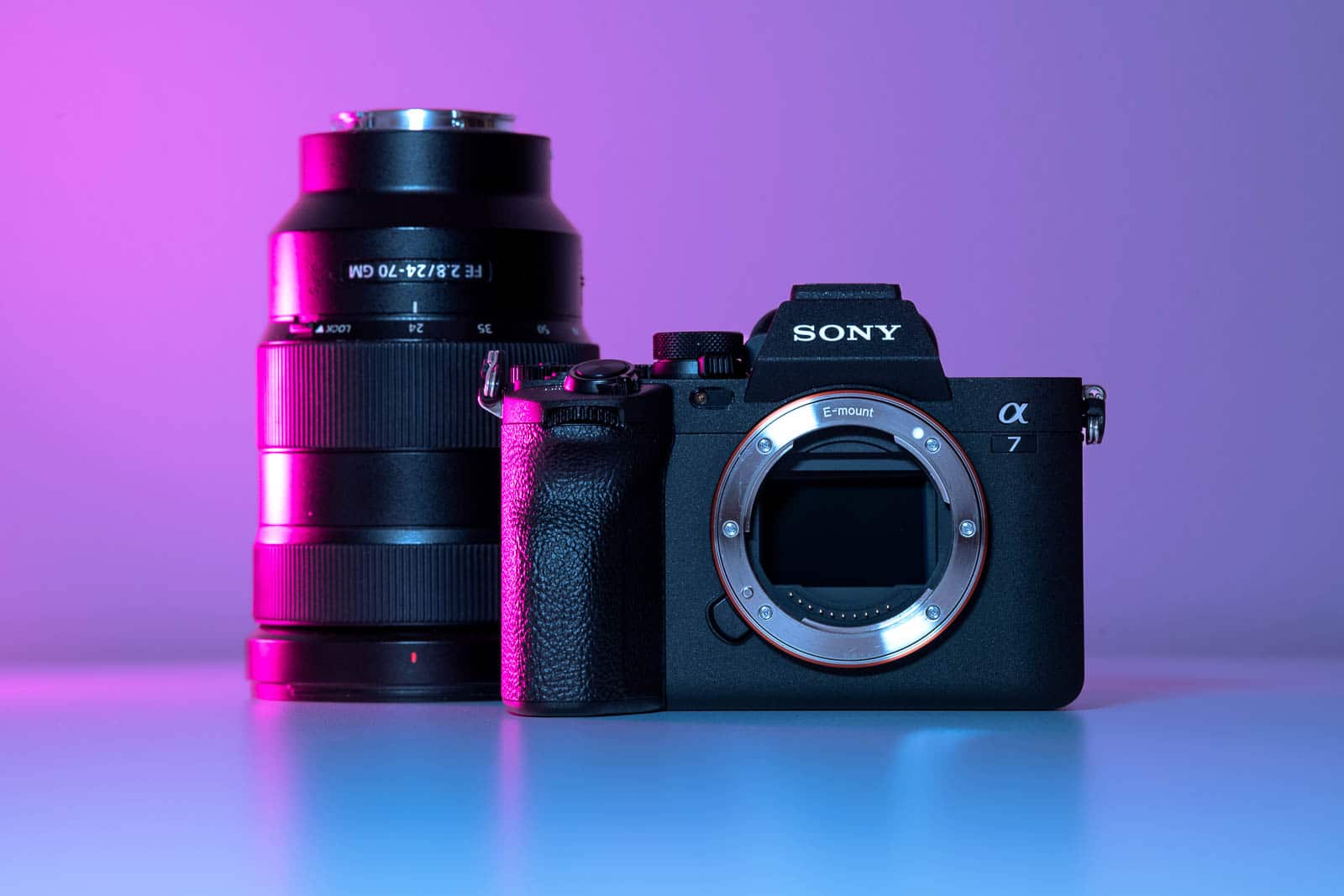
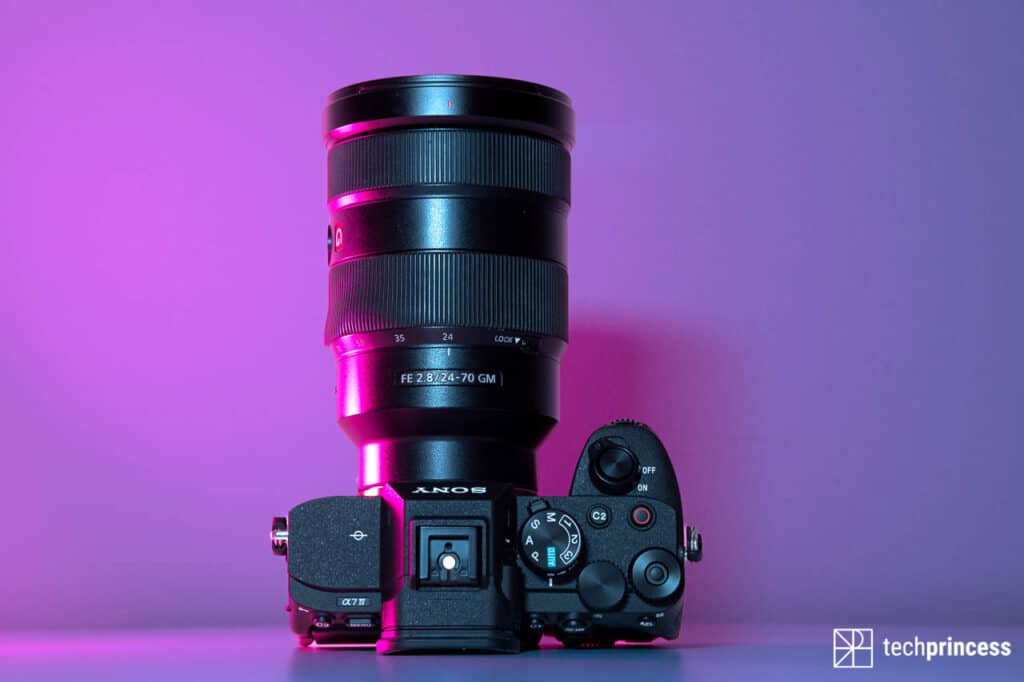
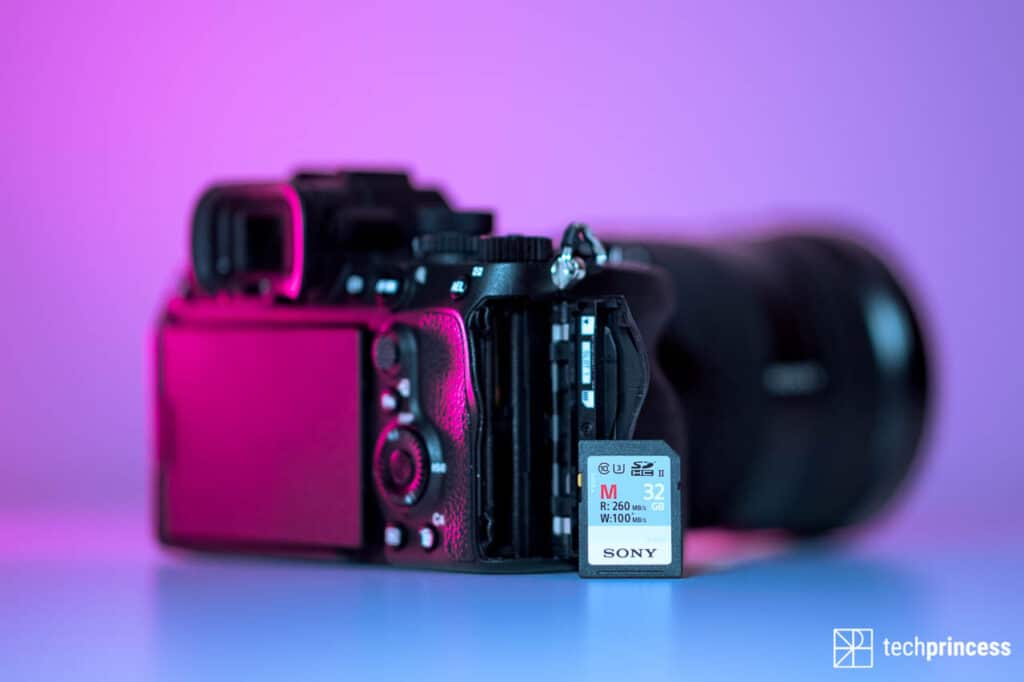
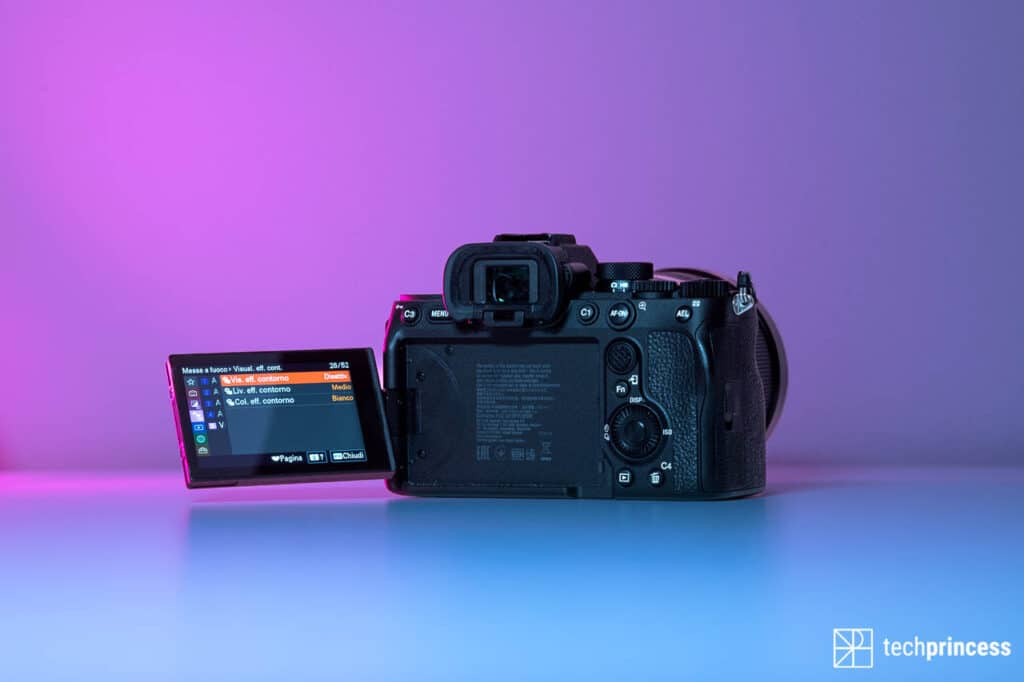
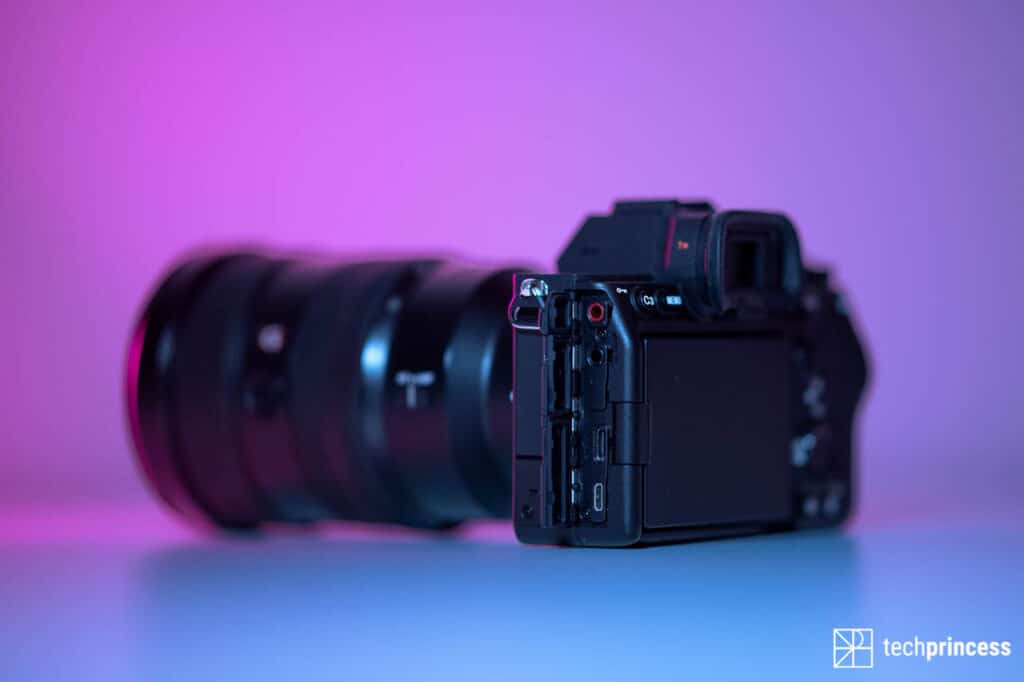
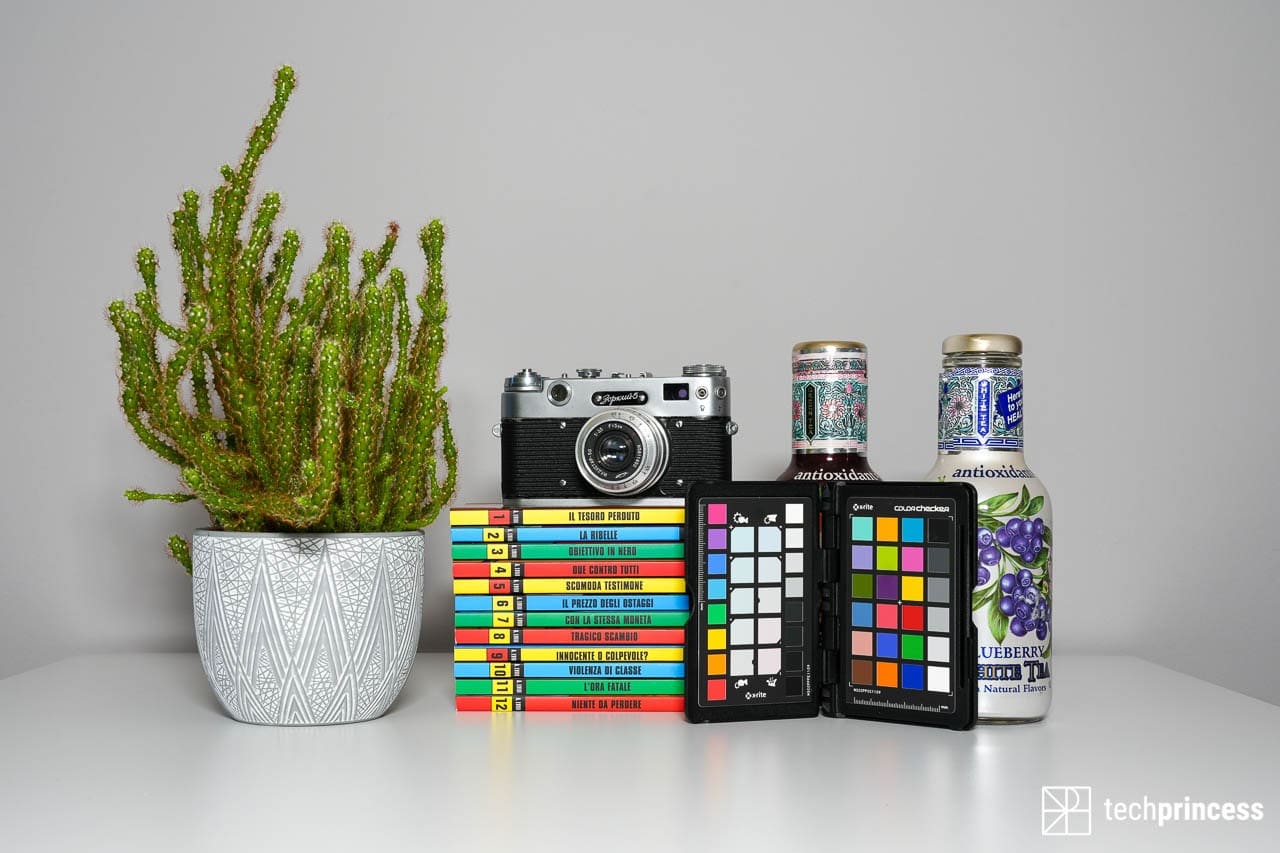
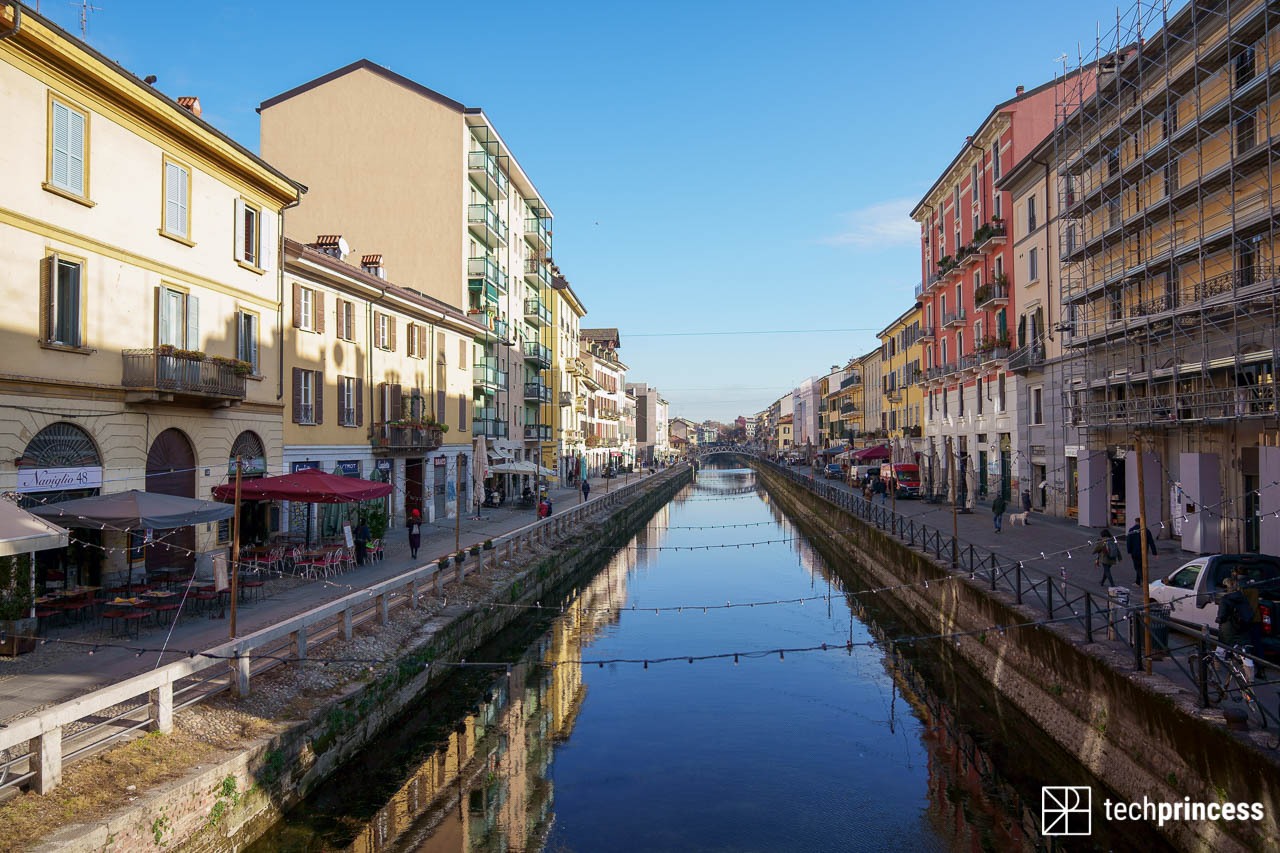
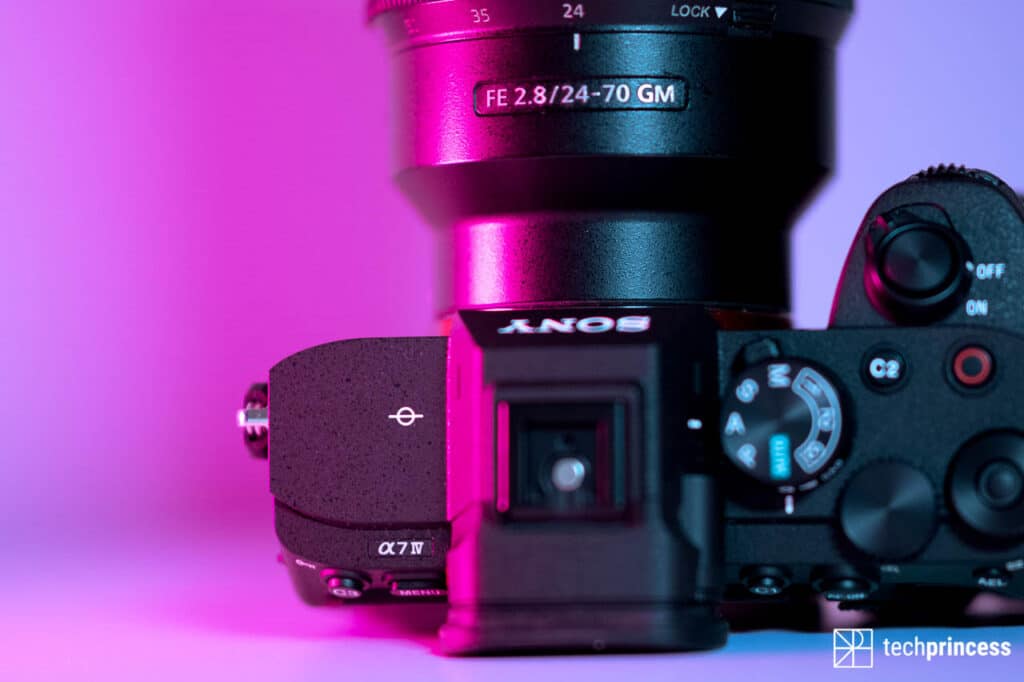





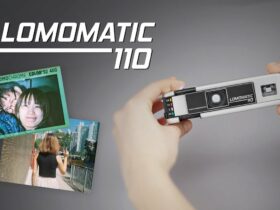

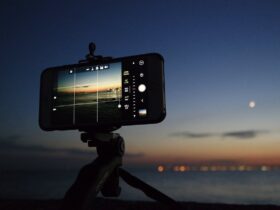

Leave a Reply
View Comments